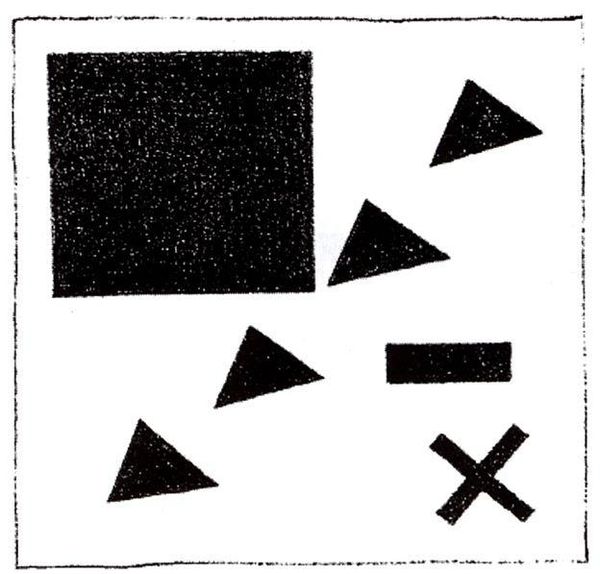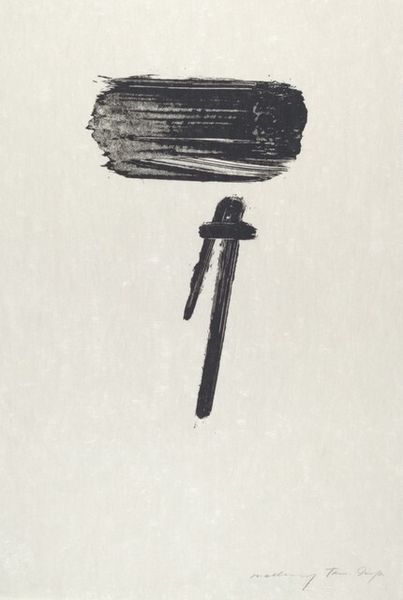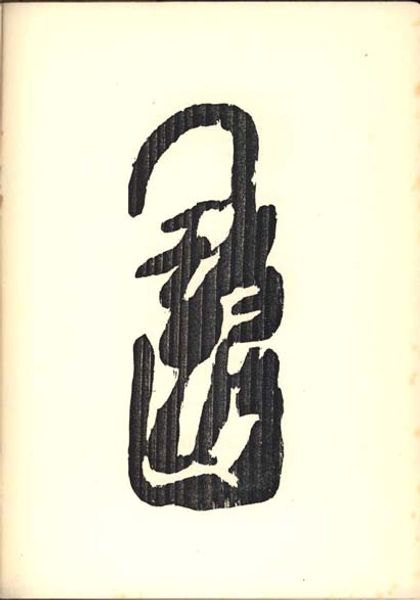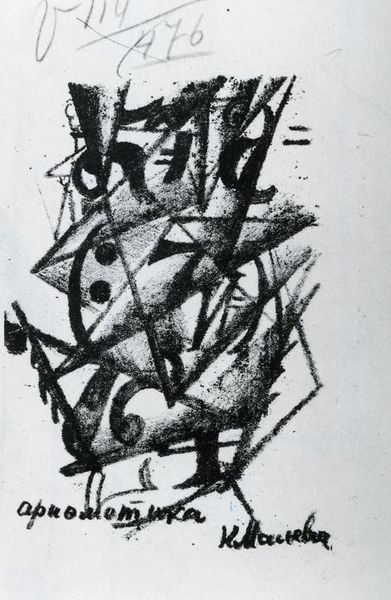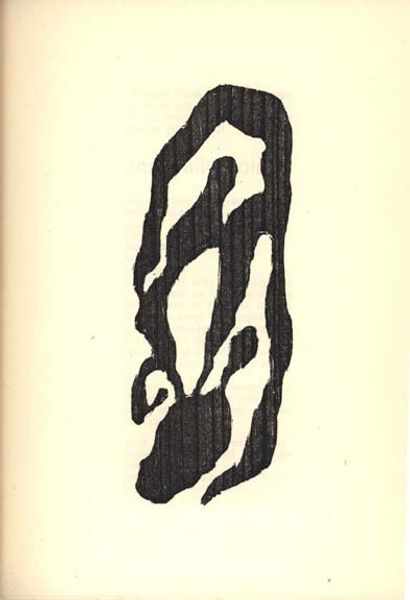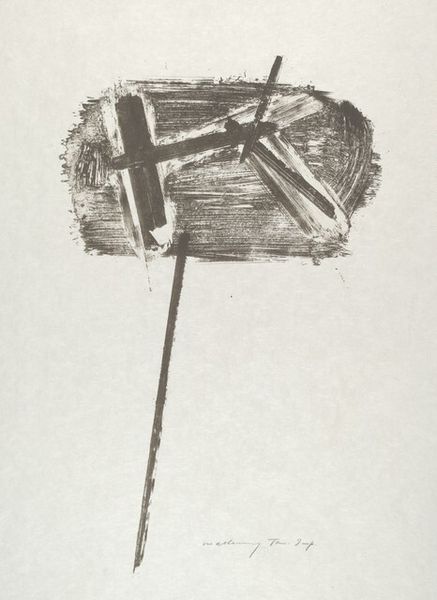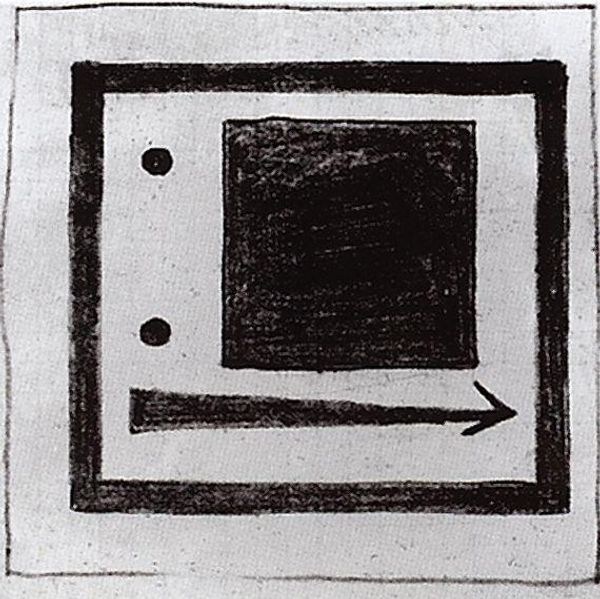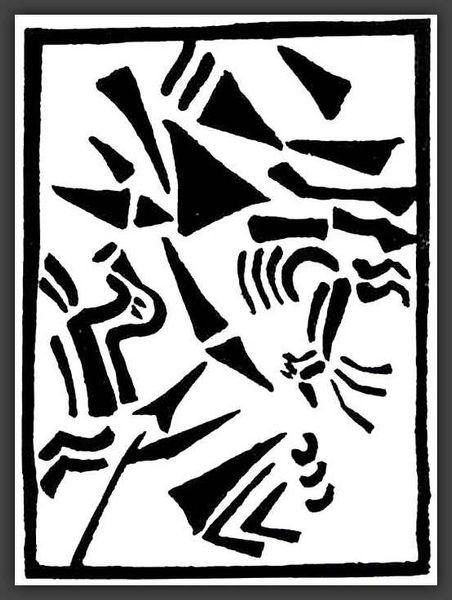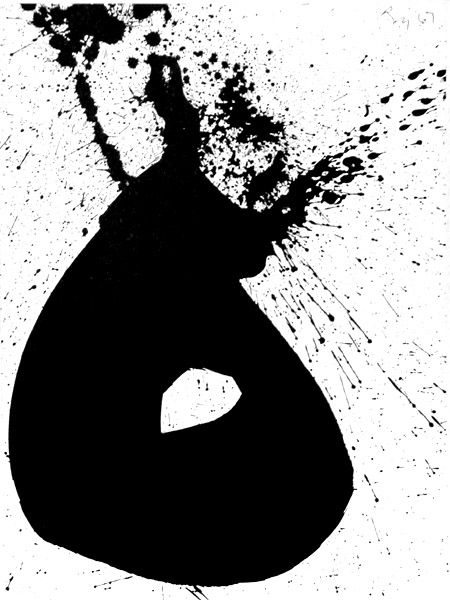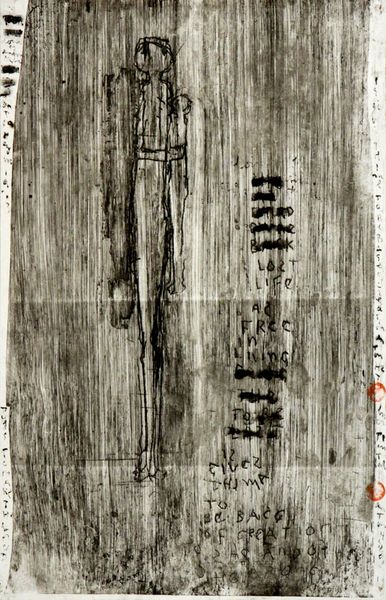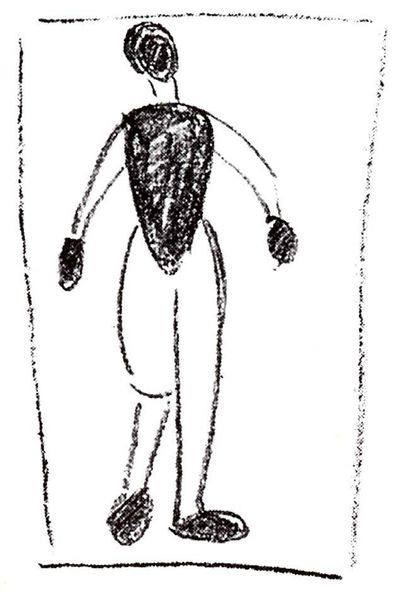
drawing, paper, ink
#
drawing
#
thin stroke sketch
#
neat line work
#
line drawing illustration
#
hand drawn type
#
constructivism
#
paper
#
line art
#
form
#
ink line art
#
linework heavy
#
ink
#
hand-drawn typeface
#
thin linework
#
geometric-abstraction
#
abstraction
#
line
#
pen work
#
russian-avant-garde
Copyright: Public domain
Curator: Take a moment with Kazimir Malevich's "Oval, rectangle, square, curve" from 1920. Executed in ink on paper, it exemplifies his exploration of geometric abstraction. Editor: It’s stark, isn’t it? Stripped down to bare essentials. The interplay of shapes against the stark white background gives it a kind of raw, unfinished quality. Curator: Malevich was deeply invested in pushing beyond representation. Look closely at how he uses the contrast between the geometric shapes and the more gestural linework. His focus was about distilling form to its most fundamental essence, as he attempted to define a universal visual language. The texture and the apparent hand drawn style speak volumes about production of artistic identity within that early Soviet context. Editor: I find it fascinating how he uses those rudimentary forms to generate a sense of depth and tension. The curve slicing diagonally almost disrupts the orthogonal composition, yet still integrates formally with the structure by the use of similar marks and stroke size. Curator: Exactly! The drawing shows how even with the most simple materials, Malevich tested the boundaries of art-making and artistic agency. Consider how the scarcity of materials and resources during the early Soviet period might have impacted choices around artistic labor. Editor: The piece definitely invites contemplation. By reducing the visual language to simple geometric forms, Malevich allows for endless possibilities of interpreting what lies beneath the surface. Curator: I agree. What I take away from this artwork is not so much its individual components, but rather how those materials interact within a very specific political and economic environment. Editor: And I’m left pondering about pure forms, how shape alone can move the viewer toward a deeply felt emotional response.
Comments
No comments
Be the first to comment and join the conversation on the ultimate creative platform.
